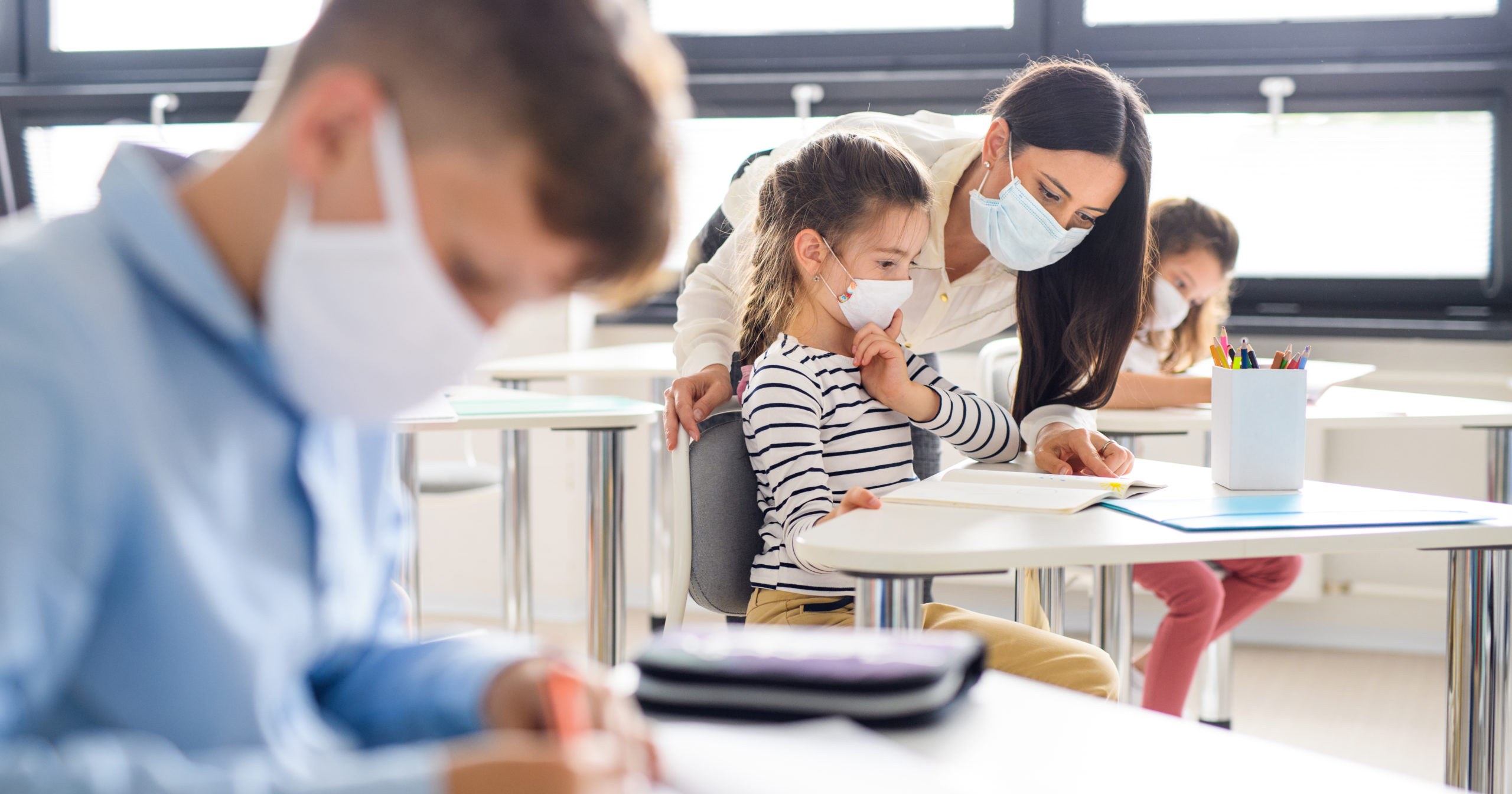Schools open again in just a few days, but this year’s Back-to-School has many knots to be unravelled. The pandemic has changed school life in many ways, especially in terms of how the spaces where teachers and students will need to spend many hours over the coming months are organised.
The guidelines for children to go back to school safely are being defined and there is no shortage of pundits dispensing advice on how one should defend oneself against the spread of the virus and how to assure proper air exchange in the classrooms.
A few days ago Corriere della Sera specifically addressed this topic in an article by Cristina Marrone underlining how “indoor areas such as schools are a great criticality, especially when the spaces are small, with moderate ventilation (i.e. fresh air) and long stay times.”
Possible airborne transmission of Covid-19
There are increasingly more studies showing that Covid-19 does not only spread through coughing and sneezing, but it is also airborne, which means it spreads through infected droplets that stay in the air long enough to be inhaled, indeed – as explained by the Corriere della Sera daily – “even the World Health Organisation, after initial reticence, declared that «airborne transmission is possible» at the beginning of July.”
It is therefore natural to wonder what would happen inside a classroom, what are the real risks and how to defend ourselves against tiny potentially infectious particles floating in the air.
Letting fresh air into classrooms to prevent the spread of the virus
In this scenario, the ventilation of classrooms and school spaces is essential to mitigating dangers caused by airborne transmission. Schools in Italy normally use natural ventilation, in other words, simply by opening the windows, but in regular-size classrooms it takes several hours for the air to be completely renewed. To resolve this it is possible to increase ventilation by opening the windows for 20 minutes every 40 minutes (not feasible in winter, however), or it is possible to use mechanical ventilation with air purification.
Controlled mechanical ventilation (CMV) is a fan system with dual flow and heat recovery that assures constant air exchange in the premises, limiting energy expenditure to a minimum. This solution allows the outgoing stale air to transfer heat to the fresh and clean incoming air, without mixing, guaranteeing indoor air renewal even with closed windows. Fantini Cosmi, with the Aspira brand, offers a wide and comprehensive range of CMV solutions to fulfil all needs, from small rooms to large areas.
Covid-19 forces us to completely rethink indoor ventilation, especially in crowded rooms, but it is an opportunity to finally tackle an issue that has always been underestimated and put off for too long, and that can contribute to our well-being.




